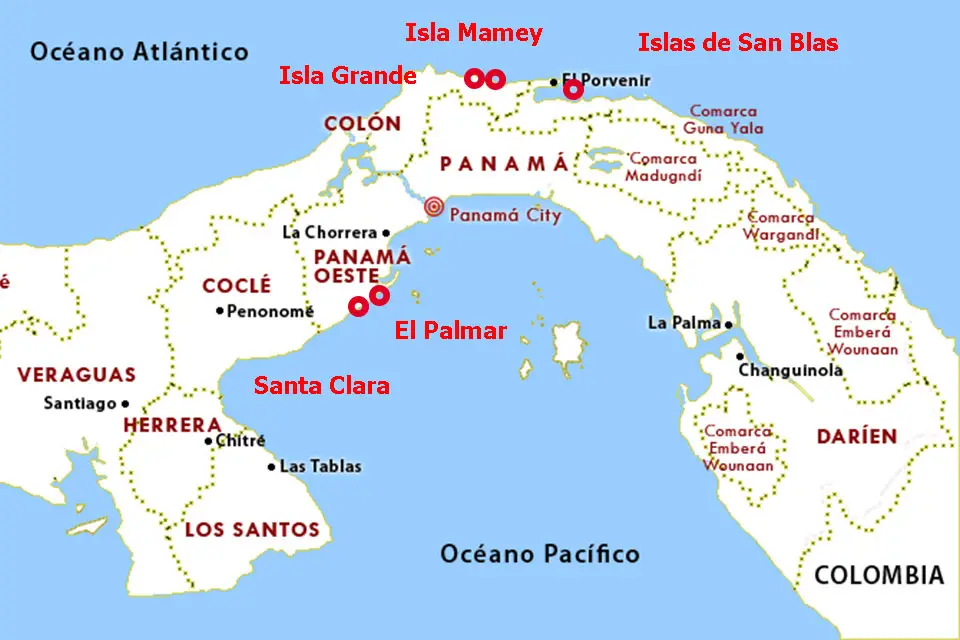In a significant geopolitical shift, Panamanian President José Raúl Mulino has announced that Panama will not renew its agreement with China’s Belt and Road Initiative (BRI). The decision was made public after a high-profile meeting with U.S. Secretary of State Marco Rubio, signaling a major shift in Panama’s foreign policy stance. This move not only affects Panama’s relationship with China but also has broader implications for international trade, U.S.-China relations, and the strategic positioning of the Panama Canal in global commerce.
Panama’s Departure from China’s Belt and Road Initiative
Panama was the first Latin American country to join China’s Belt and Road Initiative back in 2017, embracing China’s vision of global infrastructure development. The BRI aimed to enhance trade networks across the world, and Panama’s inclusion was seen as a key victory for China in strengthening its presence in Latin America.
However, after years of economic and political shifts, President Mulino has decided not to extend the agreement, effectively cutting ties with the initiative. The decision follows increasing concerns from the United States over China’s expanding influence in the region, particularly regarding the Panama Canal, which remains one of the world’s most crucial maritime routes.
The U.S. Influence on Panama’s Decision
The decision to withdraw from China’s BRI comes after a critical meeting between President Mulino and U.S. Secretary of State Marco Rubio. During the discussions, Rubio warned that continued collaboration with China could risk violating the Panama Canal Treaty, an agreement that ensures Panama’s sovereignty over the canal while guaranteeing its neutrality for international trade.
China’s Growing Influence and the Canal Dispute
China has invested billions of dollars in infrastructure projects across Latin America through the Belt and Road Initiative, aiming to strengthen its foothold in strategic locations. Panama’s involvement was particularly valuable, given the Panama Canal’s role as a major global trade route connecting the Atlantic and Pacific Oceans.
Despite China’s investments, concerns have grown regarding the extent of Beijing’s influence in Panama’s economy and the security of the canal. The U.S. government has repeatedly expressed concerns that Chinese involvement in the region could threaten the balance of power, leading to potential conflicts over control and administration of the canal.
Economic Implications of Panama’s Withdrawal
With Panama exiting the BRI, several economic consequences follow:
- Reduced Chinese Investment: China had committed to significant infrastructure projects in Panama, including port expansions, railway systems, and trade hubs. These projects may now be reconsidered or halted altogether.
- Strengthened U.S.-Panama Ties: The decision to cut ties with China signals a realignment toward the United States, potentially leading to increased U.S. investment in Panama’s infrastructure.
- Panama Canal Management Concerns: With China out of the picture, questions arise regarding future investments in modernizing and expanding the Panama Canal, particularly given its importance in global trade.
The Role of the Panama Canal in Global Trade
The Panama Canal is one of the most vital trade passages in the world, handling approximately 5% of global maritime trade annually. It serves as a key transit point for ships transporting goods between Asia, the Americas, and Europe.
- Canal tolls can exceed $500,000 per vessel, making it a significant revenue generator for Panama.
- The U.S. remains the canal’s largest user, followed by China, Japan, and several European nations.
Given its strategic importance, the canal has long been a focal point in global power dynamics. The United States historically controlled the canal until 1999, when it was officially handed over to Panama under the Torrijos-Carter Treaties.
Trump’s Stance on the Panama Canal and China
Former President Donald Trump has been vocal about Panama’s relationship with China, particularly regarding issues related to canal tolls and security.
During his presidency, Trump criticized Panama for imposing what he considered unfair canal fees, which could significantly impact U.S. trade operations. Additionally, he warned that China’s growing investments in Panama posed a national security threat and suggested that the U.S. might take action if Panama did not maintain fair trade practices and limit Beijing’s involvement.
What’s Next for Panama?
With the BRI partnership now terminated, Panama faces several new challenges and opportunities:
- Increased U.S. Support: Given Panama’s pivot away from China, the United States is likely to bolster financial and diplomatic ties to ensure the country remains aligned with Western interests.
- Balancing Trade Relations: Despite cutting ties with the BRI, Panama must navigate its trade relationships carefully, as China remains a major global economic player.
- Security and Infrastructure Development: With fewer Chinese-funded projects, Panama must explore new ways to modernize the canal and surrounding infrastructure to remain competitive in global trade.
Final Thoughts: A Strategic Shift in Global Power
Panama’s decision to withdraw from China’s Belt and Road Initiative marks a significant geopolitical shift, reinforcing U.S. influence in the region while curbing China’s expansion efforts. The future of Panama’s economic and diplomatic strategies will be closely watched as the country recalibrates its international alliances.
Ultimately, the Panama Canal remains a critical trade passage that both global superpowers seek to influence. As Panama moves forward, its ability to balance economic partnerships, national sovereignty, and security concerns will shape its role in the evolving global landscape.

